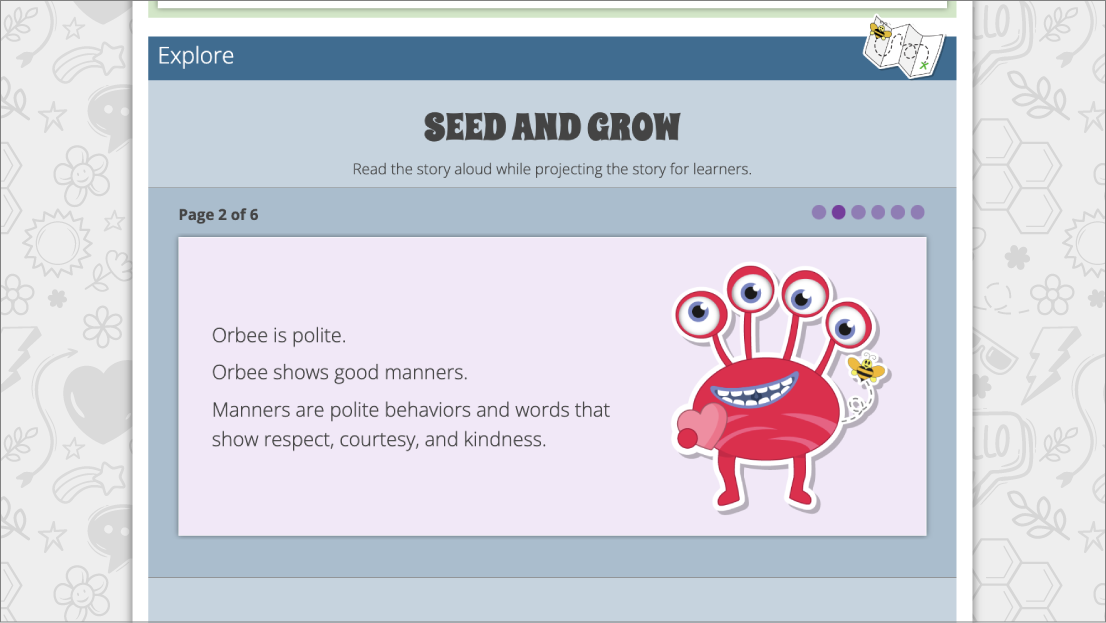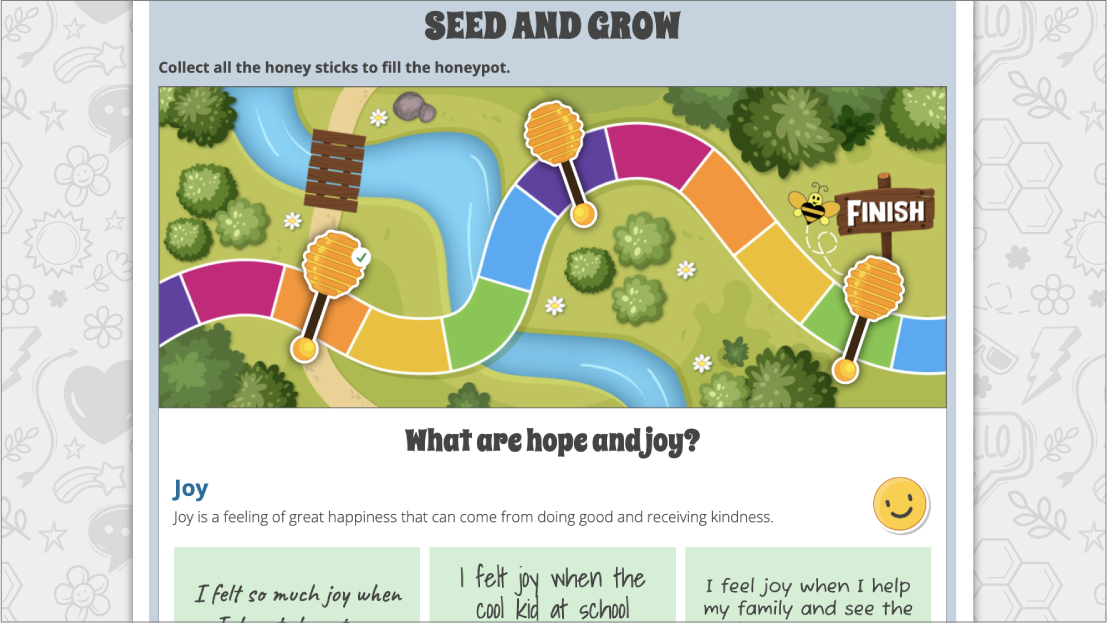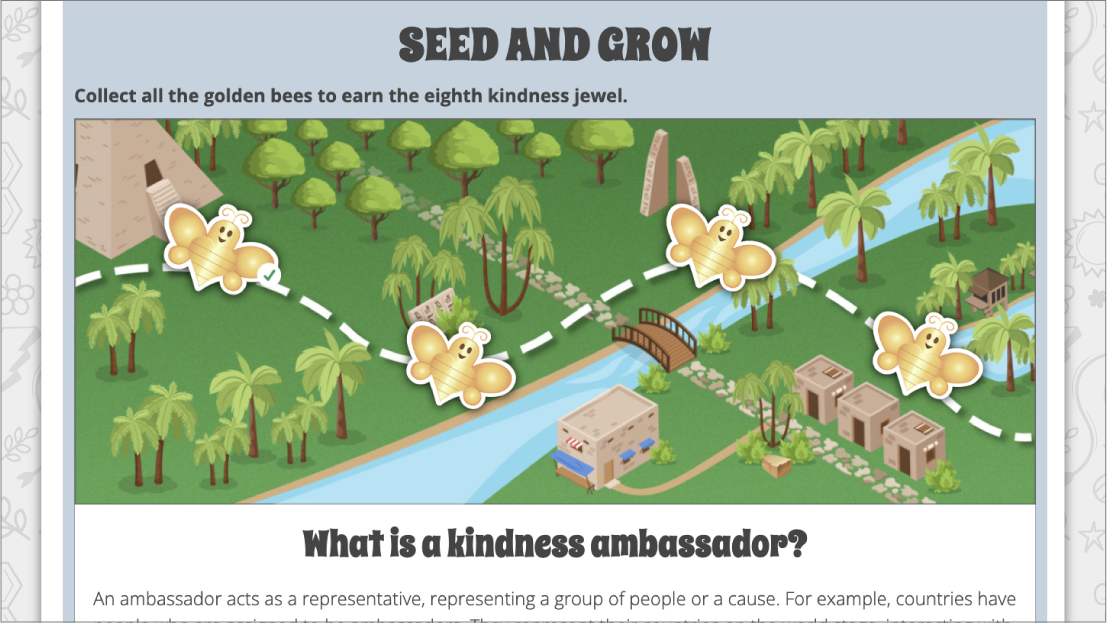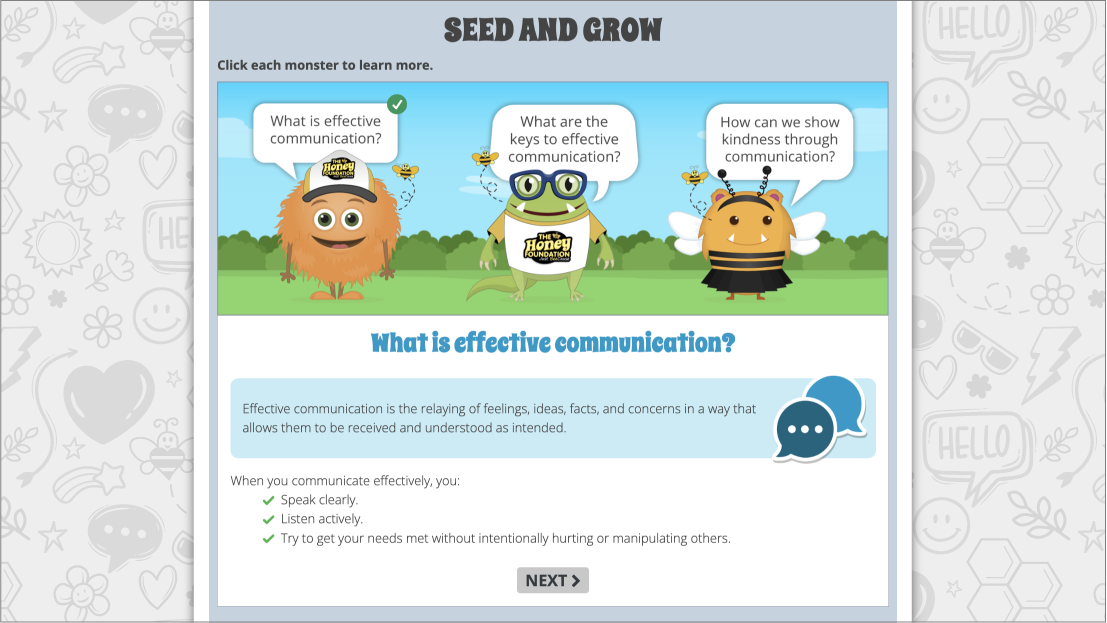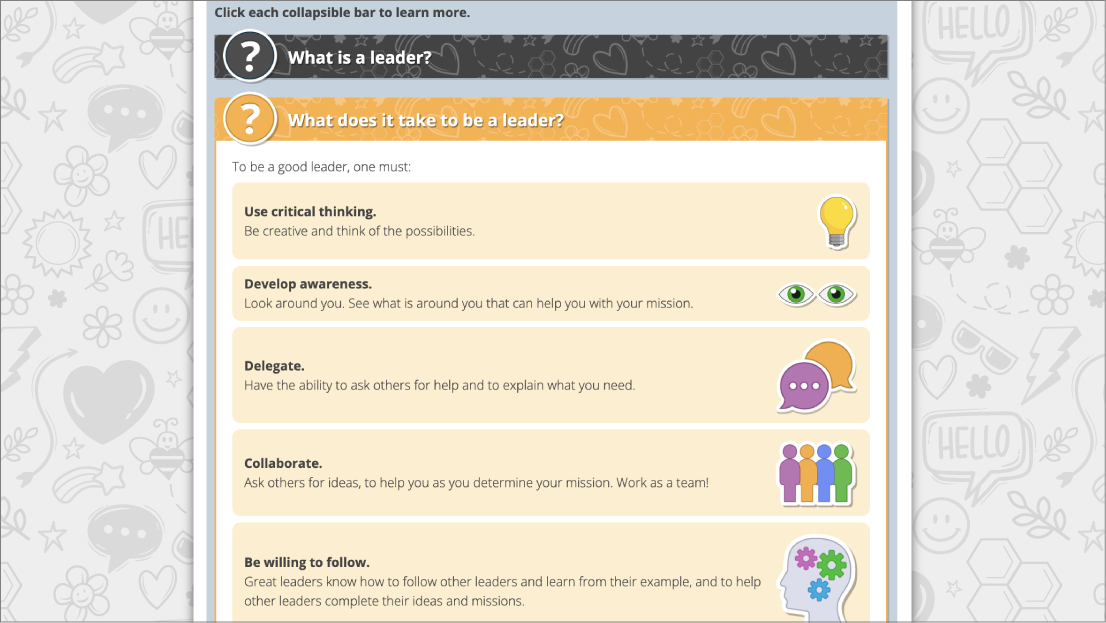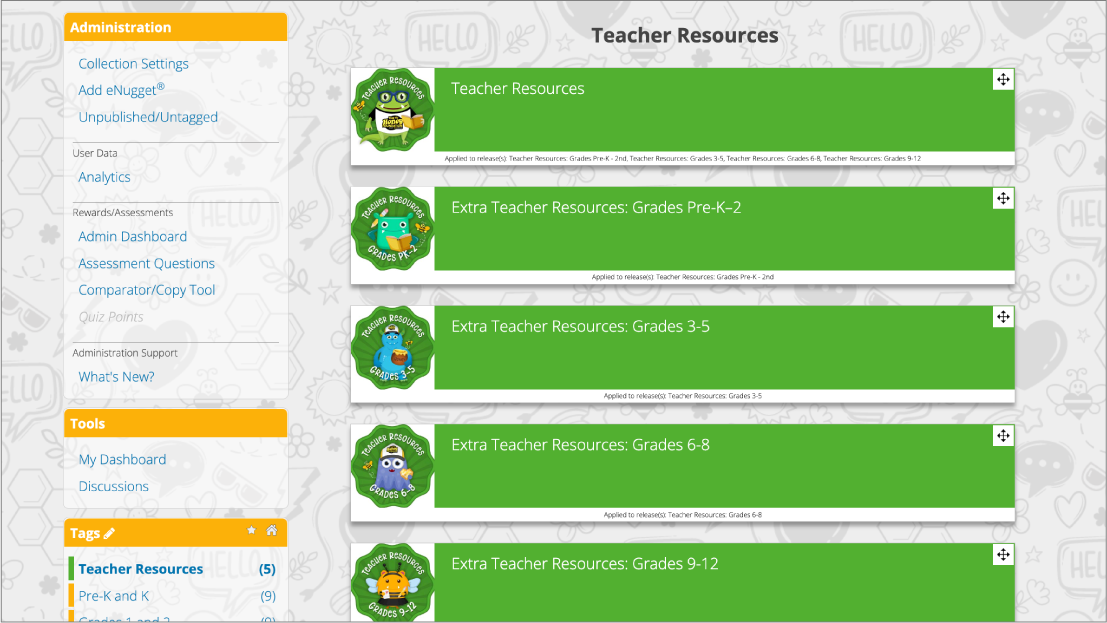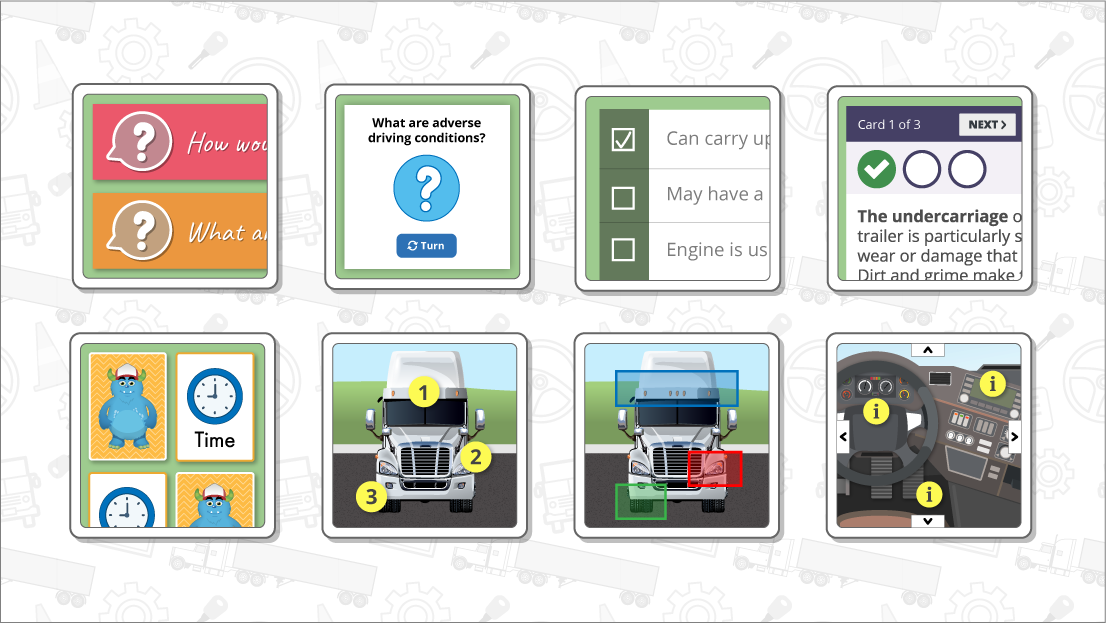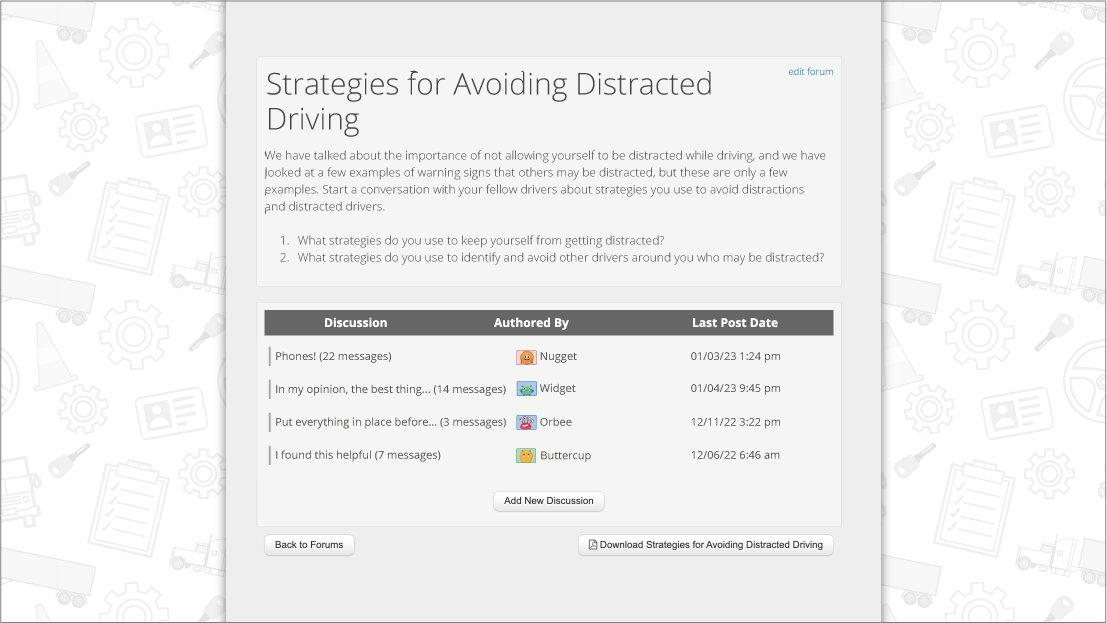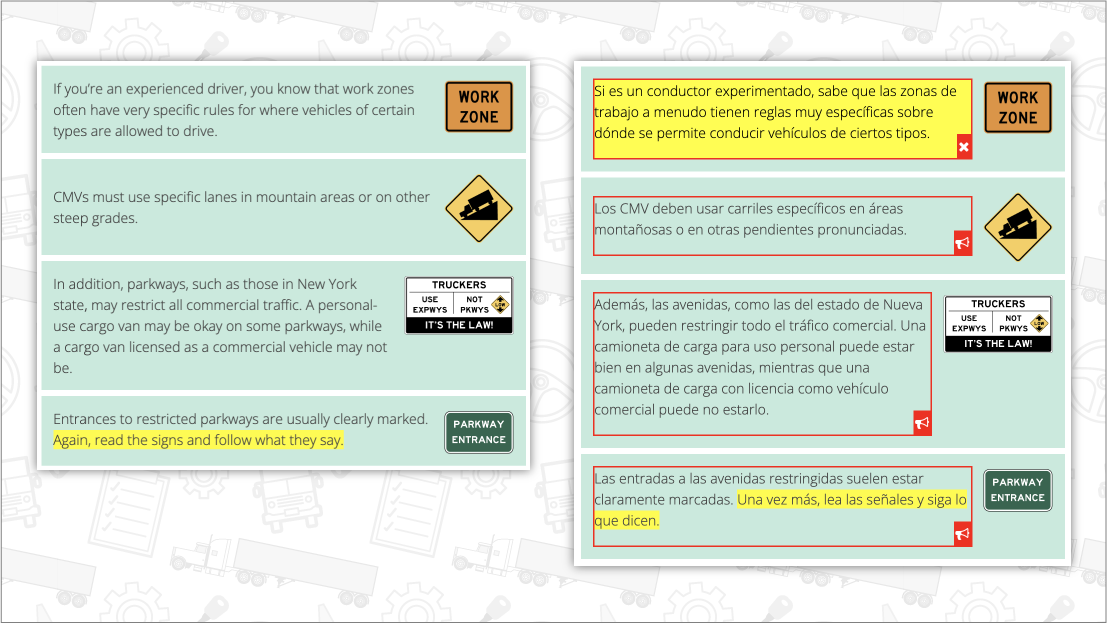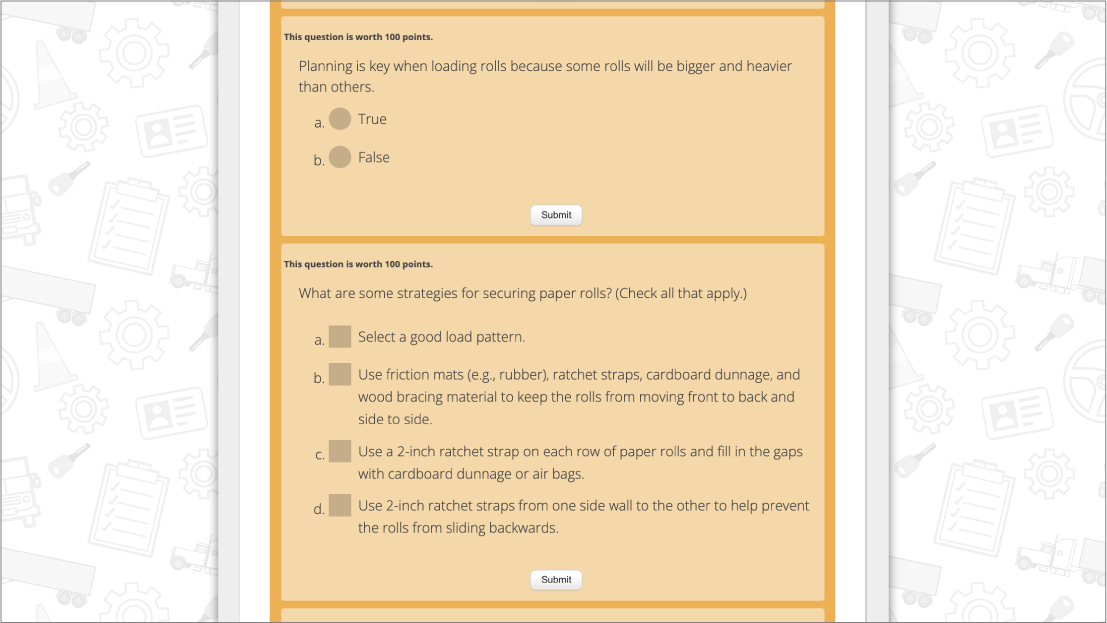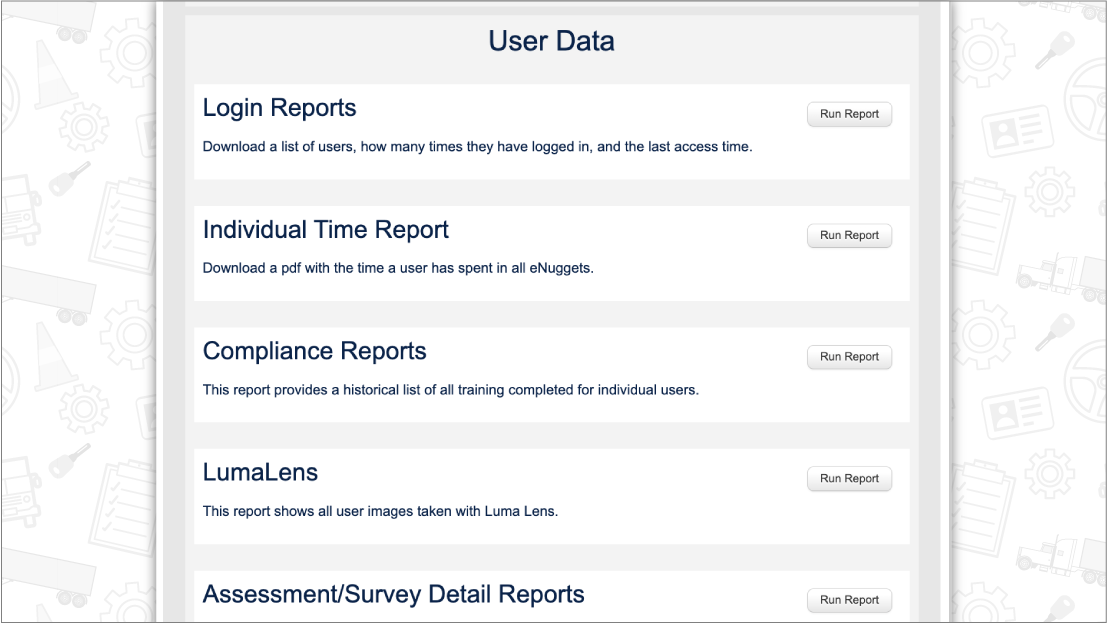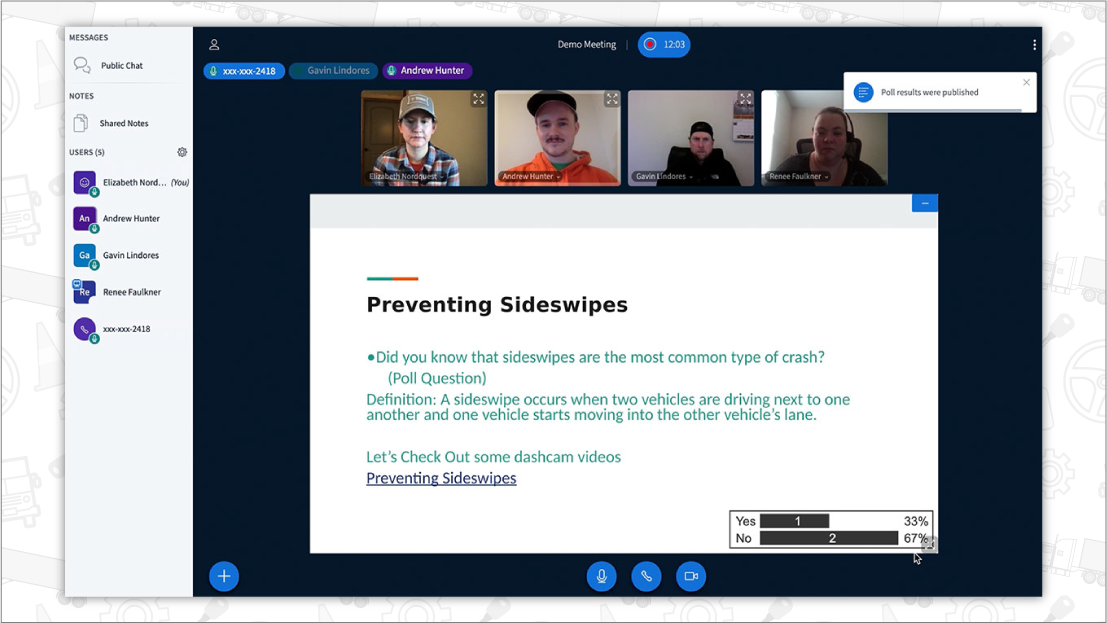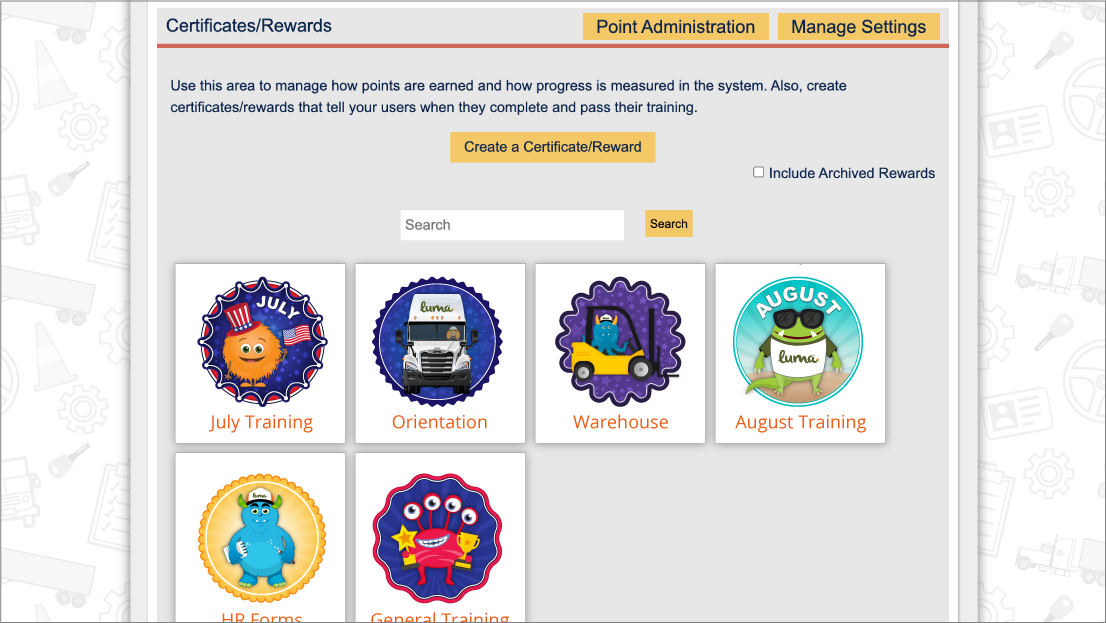![]()
Professionalism
“How can you demonstrate professionalism?” This Learning Lesson will access what your learners think professionalism is and evolve their understanding of the topic.
 Have your heard? Our Learning Lessons have been collected into a book available for purchase on Amazon.com! Teaching Without A Teaching Degree: Luma Learning Lessons contains 52 lesson plans and worksheets with 106 different teaching strategies designed for the trucking industry that can easily be adapted to suit any age and content topic.
Have your heard? Our Learning Lessons have been collected into a book available for purchase on Amazon.com! Teaching Without A Teaching Degree: Luma Learning Lessons contains 52 lesson plans and worksheets with 106 different teaching strategies designed for the trucking industry that can easily be adapted to suit any age and content topic.Our free Luma Learning Lessons include objectives, estimated time, materials and instructional procedures for classroom and online/blended teaching. We will provide strategies on how to use our new LumaLive technology to collaborate virtually in real-time. We include these pillars from our learning research to illustrate where they are infused in our lessons.
Interaction Types
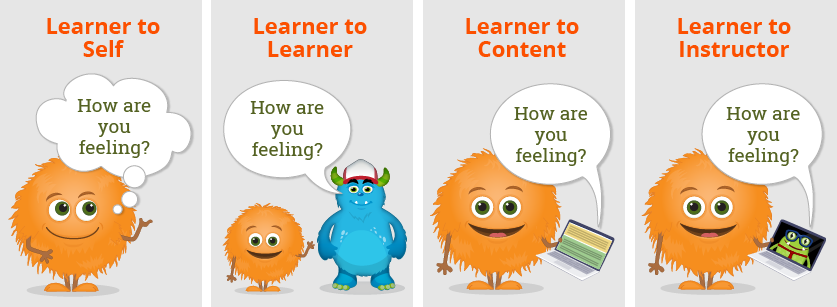
For decades there has been discussions of interaction types in education. (Anderson, 2003) Most interaction types observed in driver training traditionally are learner to instructor or learner to content. Moreover, most interaction time with driver training and orientation is synchronous or at the same time. This Learning Strategy is going to help you think about ways you can hold training without a physical classroom.
Interaction Time
The following Lesson is broken down into two different interaction times.
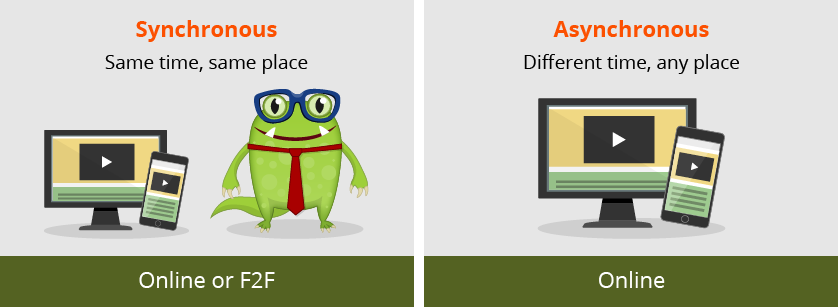
Objectives
|
||
Estimated Time60 minutes |
||
Materials
|
(or at the same time without a classroom)

 Send out a note to your learners before the live meeting telling them that they need to come to the meeting demonstrating professionalism. They should write down their answer to this question, “How can you demonstrate professionalism?”
Send out a note to your learners before the live meeting telling them that they need to come to the meeting demonstrating professionalism. They should write down their answer to this question, “How can you demonstrate professionalism?”
 Meet up in webinar technology, like LumaLive.
Meet up in webinar technology, like LumaLive.

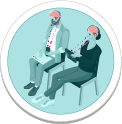
 Have learners turn on their videos.
Have learners turn on their videos.


 Go around the room and have each learner articulate their answer to the question, how can you demonstrate professionalism?
Go around the room and have each learner articulate their answer to the question, how can you demonstrate professionalism?- Use the Professionalism Worksheet to capture all their thoughts.

 Share your screen showing the Professionalism eNugget® or share your screen and share the Professional Handout.
Share your screen showing the Professionalism eNugget® or share your screen and share the Professional Handout.
 Compare what the group generated for the Professionalism Worksheet to the Professional Handout.
Compare what the group generated for the Professionalism Worksheet to the Professional Handout. Discuss each item and see how they can incorporate it into their own lives.
Discuss each item and see how they can incorporate it into their own lives.- Have them reflect on this question and send you their five qualities. They can write it down and take a picture and send it to you after class: What five qualities do you have that can help you become a better professional? Encourage them to talk to their manager about additional training that can support this goal.
 Option: Post a discussion board for after class so they can snap picture examples of professionalism around them. Be sure they get permission to post a picture if they take a picture of a colleague.
Option: Post a discussion board for after class so they can snap picture examples of professionalism around them. Be sure they get permission to post a picture if they take a picture of a colleague.
(or not at the same time)


 Option: Post a discussion board so they can share their answer to this question before they engage in the content, how can you demonstrate professionalism? Have them fill in all their ideas to this Professionalism Worksheet and post it in the discussion board. Set the discussion permissions to be private so other learners do not see each other work. This promotes self reflection and accesses prior knowledge.
Option: Post a discussion board so they can share their answer to this question before they engage in the content, how can you demonstrate professionalism? Have them fill in all their ideas to this Professionalism Worksheet and post it in the discussion board. Set the discussion permissions to be private so other learners do not see each other work. This promotes self reflection and accesses prior knowledge.
 Send out the Professionalism eNugget® or similar online content.
Send out the Professionalism eNugget® or similar online content.

 Set up a discussion board that includes a link to the Professionalism Handout.
Set up a discussion board that includes a link to the Professionalism Handout.
- Look over this worksheet. It outlines what was covered in the online content. Compare your worksheet and what you put to the handout.
- Was there anything you did not list in your worksheet that was included on the handout? What was it? Do you agree or disagree with it? Why?
- What is one thing you are really proud of with your professionalism?
- What could you improve on with your professionalism?
Reference:
Anderson, T. (2003). Modes of interaction in distance education: Recent developments and research questions. Handbook of distance education, 129-144.
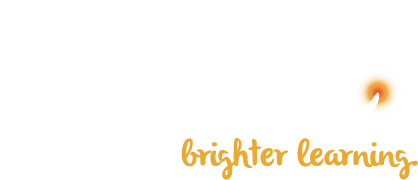
 Luma® is a learning and instructional design company that is always coming out with new training topics. Need something specific? Give us a call at (574) 807-8148 ext 5 or email
Luma® is a learning and instructional design company that is always coming out with new training topics. Need something specific? Give us a call at (574) 807-8148 ext 5 or email 